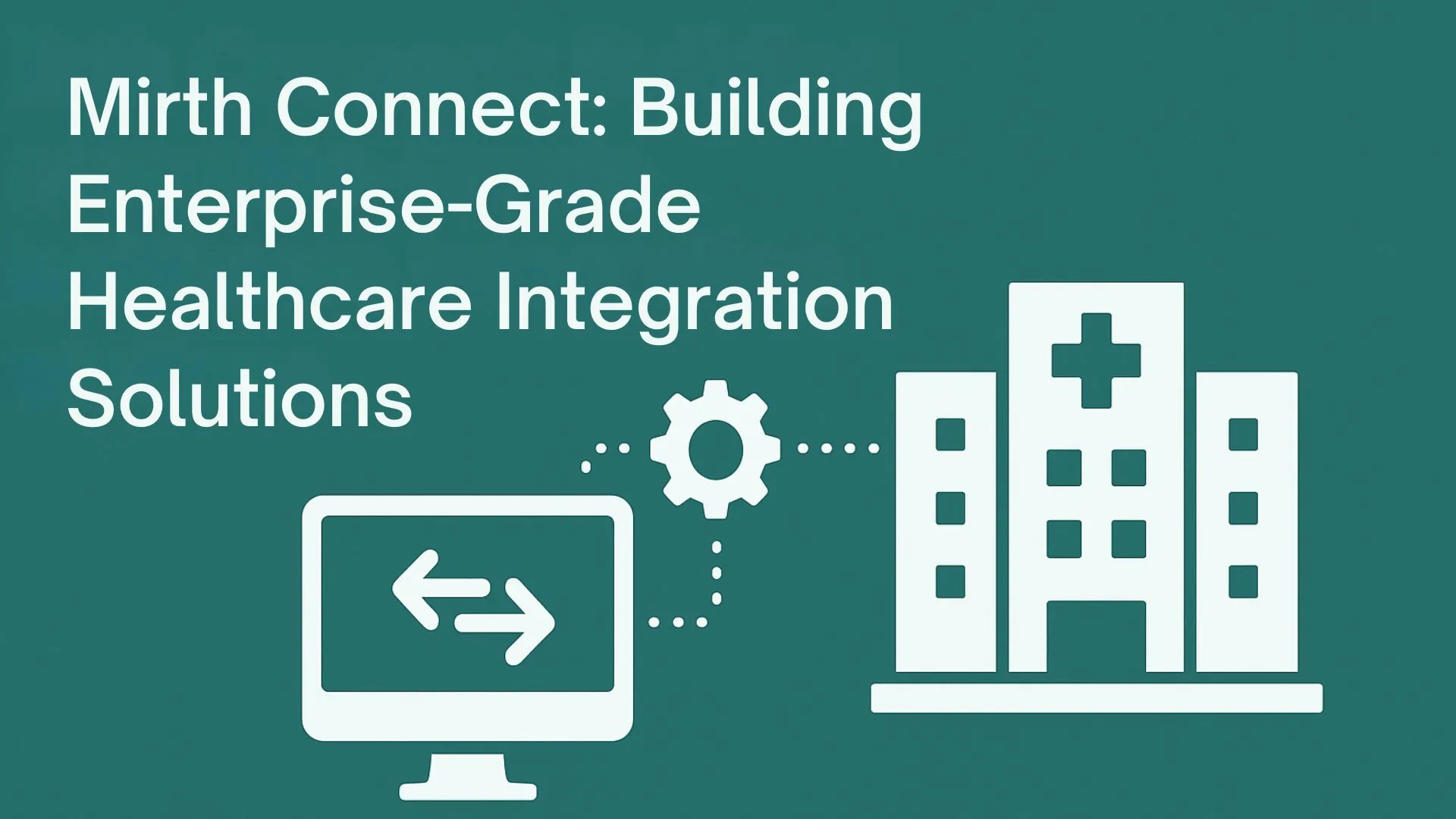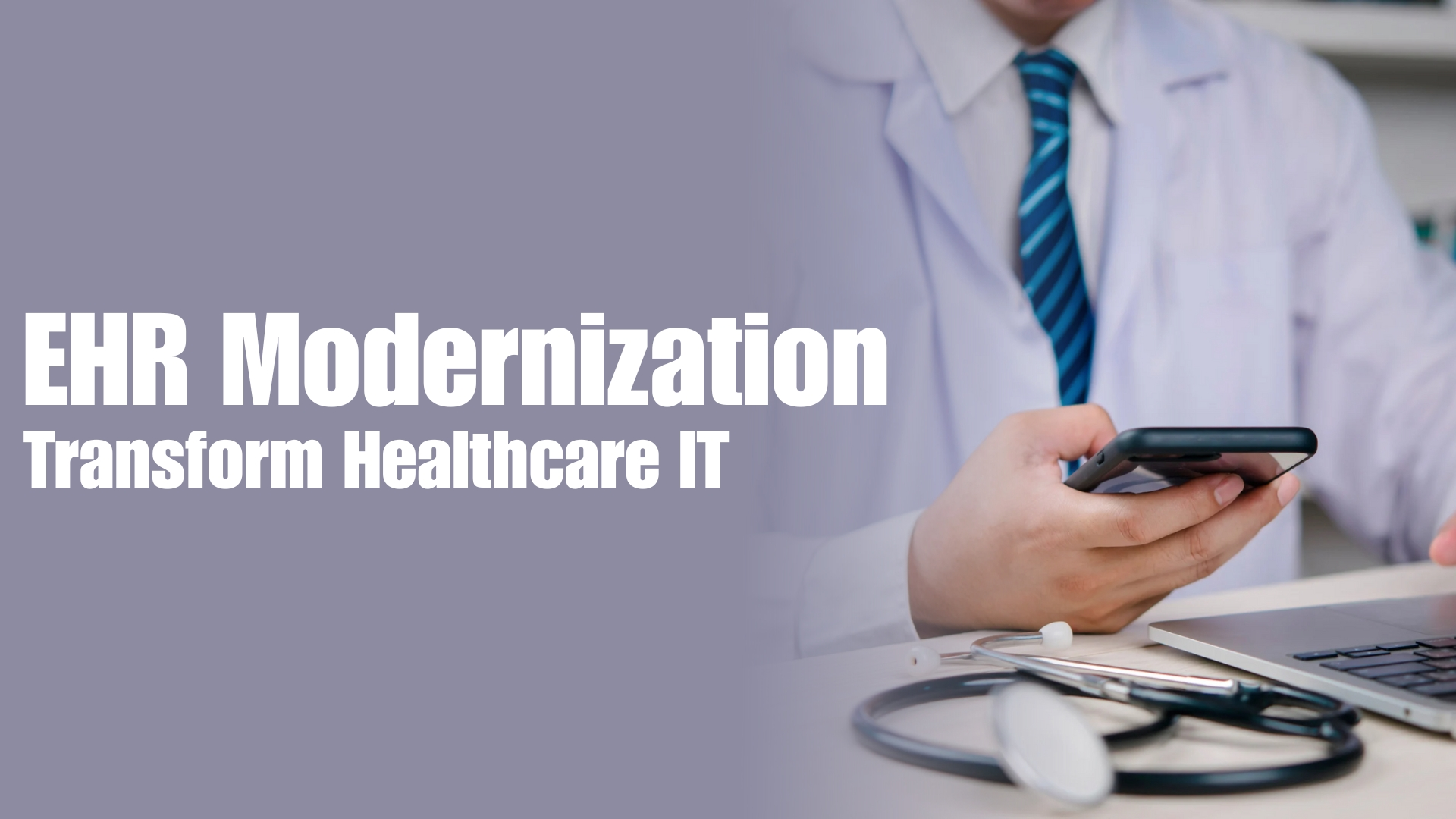Mirth Connect is an enterprise healthcare integration engine requiring JVM tuning, database optimization, advanced security hardening, and microservices architecture for optimal performance, HIPAA compliance, and scalability.
What is Mirth Connect and Why is it Critical for Healthcare Integration?
Mirth Connect serves as the backbone of modern healthcare interoperability, enabling seamless data flow between healthcare systems while ensuring regulatory compliance. In healthcare IT environments where patient safety depends on reliable data exchange, Mirth Connect functions as more than just an integration engine—it’s a comprehensive platform for building sophisticated healthcare integration solutions.
Healthcare organizations processing millions of messages daily require enterprise-grade implementations that go beyond basic configuration. Successful deployments demand deep understanding of performance optimization, security hardening, and architectural best practices that separate basic integrations from truly exceptional healthcare interoperability solutions.
How Do You Optimize Mirth Connect Performance Beyond Basic Configuration?
Memory Management and JVM Tuning
Optimizing Java Virtual Machine (JVM) settings is essential for achieving high-performance Mirth Connect deployments and ensuring reliable healthcare data integration. Healthcare organizations must carefully allocate memory and tune garbage collection for optimal message processing.
Heap Size Optimization:
- Set initial heap size (-Xms) to 25% of available RAM
- Configure maximum heap size (-Xmx) to 75% of available RAM
- For 16GB RAM servers: use -Xms4g -Xmx12g
- Monitor heap utilization using JVisualVM for fine-tuning
Garbage Collection Strategy:
- Implement G1 garbage collector for large heaps
- Configure G1GC parameters: -XX:+UseG1GC -XX:MaxGCPauseMillis=200 -XX:G1HeapRegionSize=16m
- Minimize pause times during message processing
Database Performance Tuning
Database optimization significantly impacts Mirth Connect performance, particularly for message storage and retrieval operations.
Connection Pool Management:
- Configure minimum connections: 5-10
- Set maximum connections: 50-100 based on concurrent channel load
- Implement connection validation queries to prevent stale connections
Index Strategy:
- Create composite indexes on frequently queried columns (message_id, channel_id, received_date)
- For PostgreSQL: use partial indexes for active messages
- Example:
CREATE INDEX idx_active_messages ON d_mm (channel_id, message_id) WHERE status = 'RECEIVED'
Message Pruning Automation:
- Implement automated message pruning policies
- Archive old messages to separate storage
- Maintain audit trails for compliance requirements
What Security Hardening Strategies Are Essential for Healthcare Data Protection?
Advanced Authentication and Authorization
Healthcare data security requires multi-layered authentication approaches beyond basic username/password combinations.
LDAP Integration:
- Implement enterprise LDAP authentication with secure SSL/TLS connections
- Configure group-based access controls aligned with organizational roles
- Create dedicated service accounts with limited privileges
API Security:
- Secure REST API endpoints using OAuth 2.0 or JWT tokens
- Implement rate limiting to prevent API abuse
- Configure IP whitelisting for administrative access
- Use API keys for external system integrations with rotation policies
Certificate Management:
- Deploy X.509 certificates for all SSL/TLS communications
- Implement certificate pinning for critical connections
- Establish automated certificate renewal processes
Data Encryption Strategies
End-to-End Encryption:
- Implement AES-256 encryption for sensitive data fields within HL7 messages
- Create custom encryption/decryption transformers for PHI handling
- Ensure consistent encryption across all channels
Transport Layer Security:
- Configure TLS 1.3 for all network communications
- Disable older, vulnerable protocols
- Implement perfect forward secrecy
Key Management:
- Use hardware security modules (HSMs) or key management services
- Implement key rotation policies
- Store keys separately from application data
How Do You Implement Advanced Integration Patterns with Mirth Connect?
Microservices Architecture Integration
Modern healthcare organizations increasingly adopt microservices architectures, requiring sophisticated integration patterns.
Service Mesh Integration:
- Integrate with Istio or Linkerd for traffic management
- Configure service-to-service authentication
- Implement circuit breaker patterns for resilience
Event-Driven Architecture:
- Design event-driven patterns using RabbitMQ or Apache Kafka
- Implement event sourcing for audit trails
- Use eventual consistency patterns for distributed systems
API Gateway Integration:
- Position Mirth Connect behind API gateways
- Implement centralized security, rate limiting, and monitoring
- Transform requests/responses at gateway level
Cloud-Native Deployment Strategies
Containerization:
- Deploy using Docker containers with optimized base images
- Implement multi-stage builds to minimize image size
- Apply security hardening to container configurations
Kubernetes Orchestration:
- Deploy with proper resource limits and health checks
- Configure horizontal pod autoscaling
- Implement persistent volumes for message storage
Cloud Database Integration:
- Integrate with Amazon RDS, Google Cloud SQL, or Azure Database
- Enable enhanced availability and automated backup capabilities
- Implement cloud-native scaling features
What Are the Best Practices for Troubleshooting and Maintenance?
Proactive Monitoring Strategies
Performance Metrics:
- Monitor message processing rates, error rates, memory utilization
- Track database connection pools
- Establish baseline metrics and alerting for deviations
Error Pattern Analysis:
- Implement automated error pattern recognition
- Create custom dashboards for error trend visualization
- Provide actionable insights for systemic issues
Capacity Planning:
- Monitor resource utilization trends
- Predict scaling requirements
- Implement automated scaling policies based on message volume
Maintenance Procedures
Backup and Recovery:
- Implement comprehensive backup strategies including configuration and message data
- Establish disaster recovery procedures
- Test recovery procedures regularly
Update Management:
- Test updates in development environments
- Implement gradual rollouts and rollback procedures
- Maintain compatibility matrices for integrated systems
Documentation and Knowledge Management:
- Maintain comprehensive system architecture documentation
- Document configuration procedures and troubleshooting guides
- Implement knowledge management systems
How Do You Future-Proof Your Mirth Connect Implementation?
Emerging Technology Integration
FHIR R4 and Beyond:
- Implement flexible transformation patterns
- Create modular architecture designs
- Develop reusable components for evolving healthcare standards
Machine Learning Integration:
- Explore ML-powered data validation and anomaly detection
- Implement predictive analytics within integration workflows
- Create data pipelines supporting ML model training
Edge Computing:
- Consider edge computing for remote healthcare facilities
- Implement offline processing capabilities
- Establish data synchronization strategies
Scalability Planning
Horizontal Scaling:
- Design architectures supporting clustering and load balancing
- Implement stateless processing patterns
- Enable seamless scaling capabilities
Cloud Migration Strategies:
- Plan hybrid deployment models maintaining security requirements
- Implement cloud-native services gradually
- Maintain operational continuity during migration
Performance Optimization:
- Continuously optimize through monitoring and profiling
- Implement automated performance testing in CI/CD pipelines
- Catch performance regressions early







